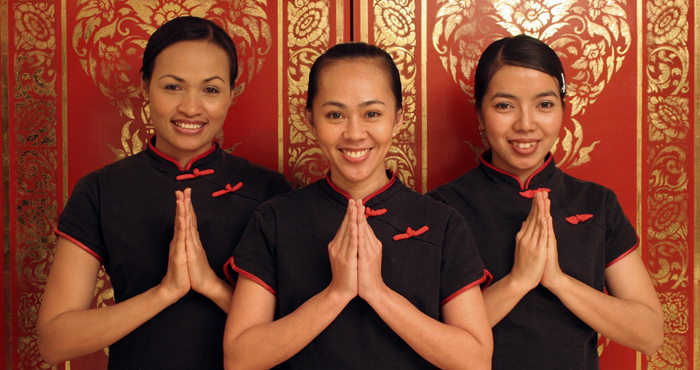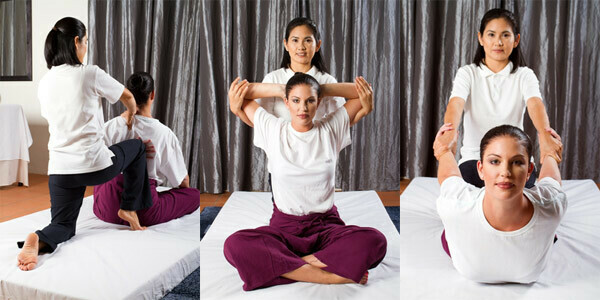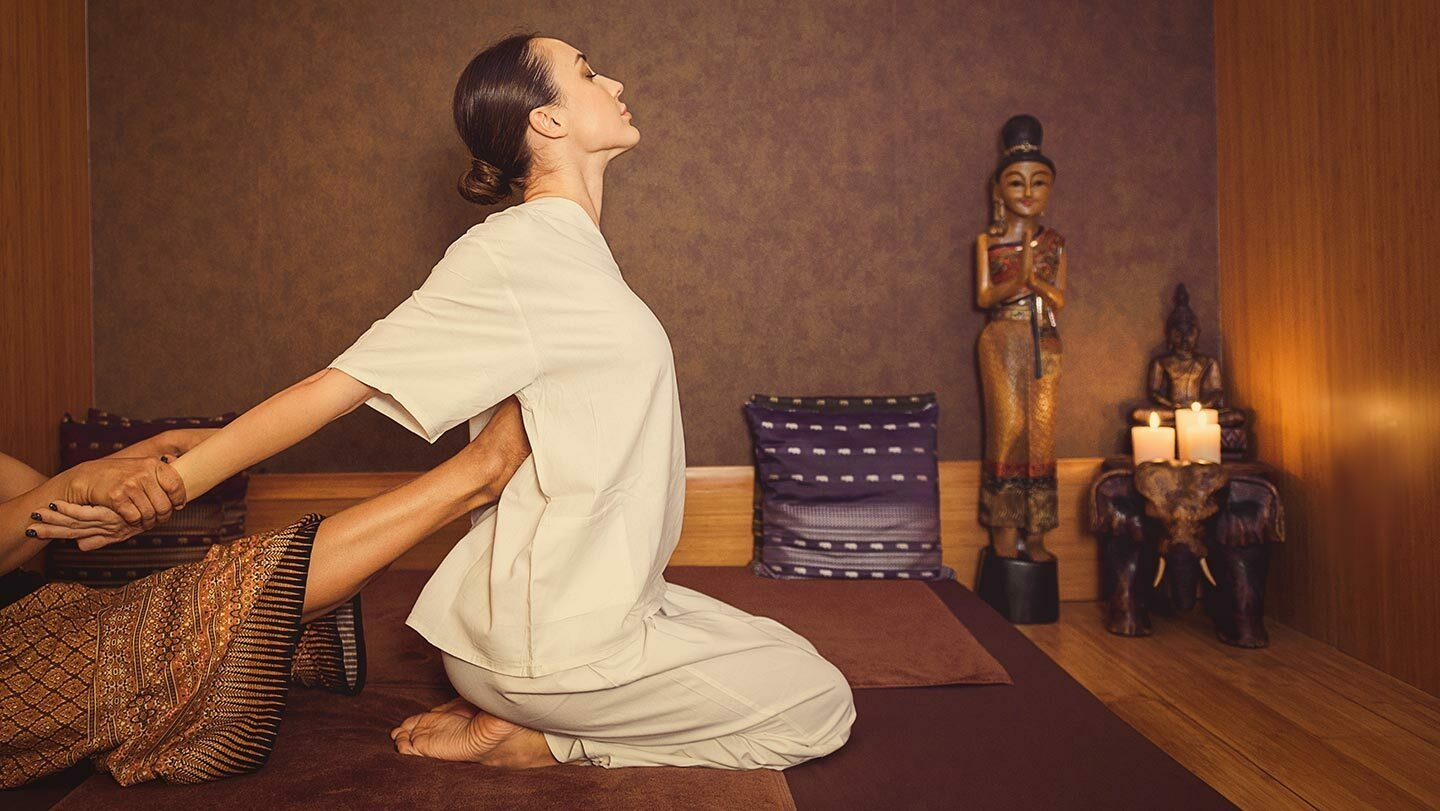Traditional Thai massage is a wonderfully energising and balancing treatment. To find out more about the origins of the technique, and what you can expect from a Thai massage, The Good Spa Guide talks to Tina Herridge, Head Therapist at SenSpa at Careys Manor.
"The roots of Thai massage date back to the founder of the practice, Shivago Komarpaj, known as Father Doctor. He was a doctor and friend to the Buddha. Ancient medical texts were carved in stone to preserve the tradition of Thai massage and these can be seen upon the walls in the Wat Pho temple in Bangkok.
The ancient knowledge and practice of Thai massage has been passed down from parents to children, ensuring that generations continue to benefit from these traditional techniques.
The practice of Thai Massage, nuad Thai, has also gained global recognition and has been added to UNESCO’s intangible cultural heritage list.
Thai massage techniques differ, depending on which areas of the country you are in. Today, these differences are found mainly in remote areas. In the South of Thailand the emphasis is on pressure points (focussing on the energy lines) and in the North of Thailand stretching is emphasised. People gather from different regions, exchanging their techniques of Thai massage. Today, commercially, Thai massage combines both pressure points and stretching."

"Thai massage works on the meridian (energy) lines within the body. When you become ill, the flow of energy around the body has become blocked or is not flowing as freely as it should. When you have a Thai massage it encourages the flow of energy, bringing harmony and balance to the body.
Thai massage therapists have an intuitive sense and feeling to know where to apply pressure and for how long to press, aiming to release muscular tension and stretch out tight muscles, ultimately encouraging flow of energy around the body.
When therapists use their body weight to release stress and tension from within the muscles it works deeper and is more focused. Therapists combine leverage and balance of their own body weight to apply more or to ease off, ensuring they use the correct pressure on each client.
Throughout a Thai massage the therapist will start with meridian work. This means palm and thumb presses along the energy lines, which warms the muscles and increases blood flow. Working around the joints, releasing tension and encouraging movement occurs before stretching of the limbs. Through working on the meridian lines and joints, it warms up the body physically and emotionally enabling maximum benefit from the stretching."
"The Thai-style method uses pressure points, muscle stretching and compression in a yoga-like rhythmic motion. When doing a Thai massage, therapists use their hands, feet, elbows, forearms and knees. It is performed on a mat on the floor using no oils, as it is done on top of clothes.
Western styles of massage are usually performed on a couch and the masseuse may use aromatherapy oils directly on the skin in long, scooping and continuous strokes."

"A full body Thai massage can release muscular tension, increase flexibility and improve joint pain. The techniques used, focusing on trigger points, can also help to increase blood circulation, boost the immune system and promote mental clarity.
A Thai massage experience can help you relieve stress and anxiety, encourages the flow of energy through your body, raise energy levels and stamina and promote an overall feeling of relaxation and well-being."
"Thai massage is a deep massage and whilst a good therapist will ensure an enjoyable experience, some areas may feel slightly painful due to tightness of muscles and it is not always a completely relaxing experience.
Thai massage is a clothed massage, which is unusual. There is lots of passive stretching involved and the therapist uses palms, forearms, elbows, knees, feet and toes to manipulate and relax your body.
Contra-indications are health conditions which may affect the massage. However, whenever a therapist can adapt your massage, they will. Main contra-indications to a Thai massage are bone/joint conditions, skeletal conditions, pregnancy, varicose veins, thrombosis, recent operations, high blood pressure and elderly clients.
Relaxing your body and loosening your limbs, allowing the therapist to take your weight, will ensure maximum benefits from the massage."
"Thai massage is most suitable for people with lots of muscular tension, those suffering from mind and body fatigue, and people with emotional stress and worries."
Discover more about Thai spa treatments.
References: Spiritwinds.net, Namochiangmai.com and Thai-style.co.uk

Stylish Spy
26th February 2013
Spy Likes:
Minimalist lines; organic products; facial massage; tranquillity; interesting people-watching.
Spy Dislikes:
Discarded towels on loungers; steam rooms that aren't steamy; mobile phones.
